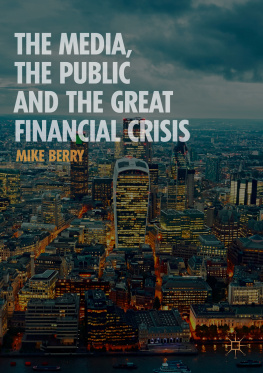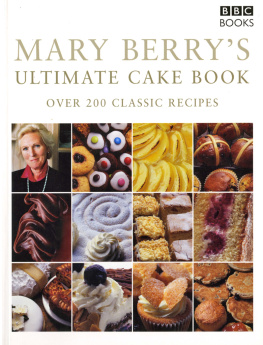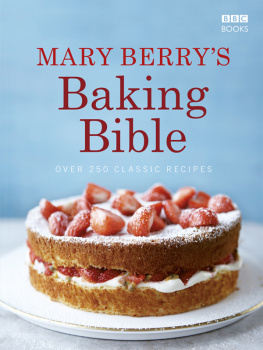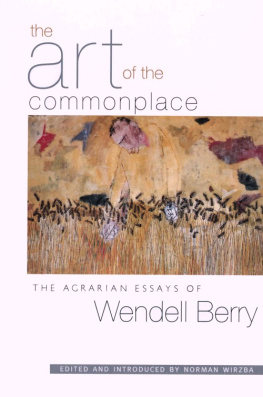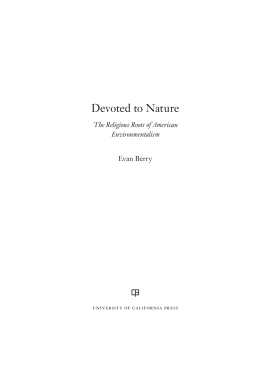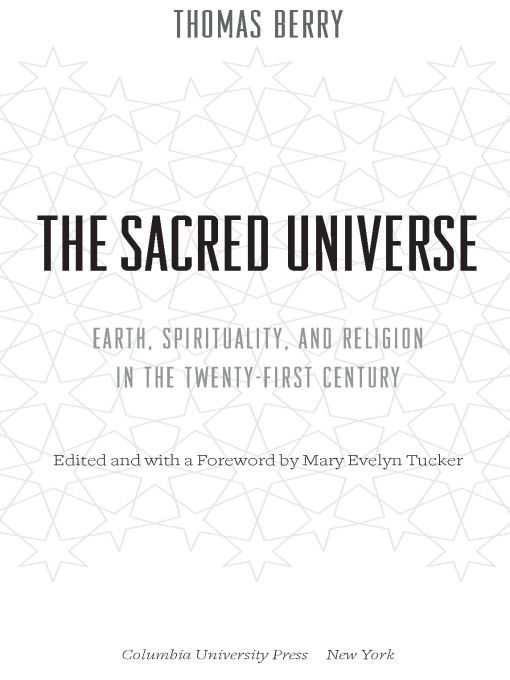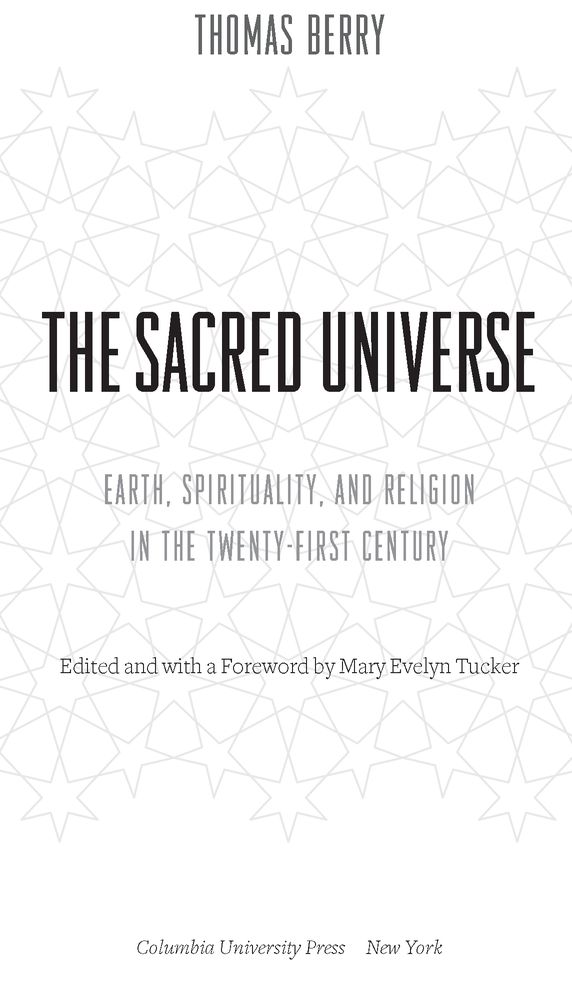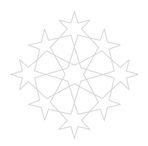Table of Contents
To Fanny and Ted deBary in celebration of sixty years of friendship
Foreword
Mary Evelyn Tucker
I REMEMBER the first time I met Thomas Berry, on a cold winter day in early February 1975. He was living along the Hudson River just north of New York City at his Riverdale Center for Religious Research. We sat in his sun porch overlooking the Palisades and under the spreading branches of the great red oak.
I had just returned from two years in Japan, where I was teaching at a university in a provincial capital five hundred miles south of Tokyo. It was, indeed, another world. I had traveled through Asia on my way back home, encountering Taiwan, Hong Kong, and Singapore in their early phase of economic development. I also traveled to Vietnam, close to the end of the war, and to India, which was still struggling to feed its burgeoning population.
The immense inequities, the complex histories, and the vastly different religions were overwhelming to meso recently out of college and so woefully ignorant of Asia. I needed to sort out this disorienting experience. I came to Thomas Berry because he was immersed in studying the religious traditions of Asia. He had created a successful graduate program in the history of religions at Fordham University along with his research center in Riverdale. He had published a book on Buddhism and one on the religions of India. I knew I could learn something here.
I had written to Thomas while I was teaching in Japan, because I had been given some of his unpublished essays by Fanny de Bary before I left. She and her husband, Ted de Bary, a scholar of Confucianism at Columbia University, were two of Thomass closest friends. I was amazed to discover this remarkably balanced perspective, which neither idealized Eastern religions nor moved away from Western religions, as was fashionable then. Berry avoided such simple interpretations, seeking rather to discover the wellspring of wisdom in each of these traditions. After studying their texts and examining their practices, he wrote insightful essays comparing and contrasting these religions with a judicious eye and a rich sense of historical complexity.
In those days, Berry mimeographed his essays, then collected and bound them together in what he called the Riverdale Papers. In a period before computers or e-mail, they circulated among interested readers in the New York area and beyond. Some of those early essays are published at the opening of this book and reflect the sweeping intellectual vision of Berry in his sixties. The middle essays were written on his first computer, which he purchased and learned to use in his seven-ties. The concluding essays were written in his early eighties, when he was moving away from Riverdale and back to North Carolina.
These essays, written over three decades, reflect the remarkable journey of Thomas Berry to encompass ever-widening circles of history. Beginning as a historian of Europe, immersed in its religious, cultural, and intellectual currents, Berry expanded this approach to embrace Asia as well. He read widely in world history and religion and built a library of some ten thousand books at Riverdale. This reading culminated in his move beyond human history to Earth history, as he traced his way back into deep time. He was especially influenced by the integrating evolutionary vision of Pierre Teilhard de Chardin.
Knowing on some intuitive level that we humans are guided by story, he ultimately called for the telling of the universe story. He felt that it was only in such a comprehensive scale that could we situate ourselves fully. His great desire was to see where we have come from and where we are going amid ecological destruction and social ferment. It was certainly an innovative idea, to announce the need for a new story that integrated the scientific understanding of evolution with its significance for humans. This is what he found so appealing in Teilhards seminal work The Human Phenomenon.
But how did this all begin? What was Berrys own evolution of ideas and influences? As a young graduate student, he was already striving to see the whole. He wrote his Ph.D. thesis on Giambattista Vico, exploring his philosophy of history, which posited three stages in world history, namely, the age of the gods, the age of the heroes, and the age of humans, as well as the significant barbarism of reflection that ended each age and gave rise to the next. In later years, he explored other historical perspectives, such as those of Herbert Spencer, Oswald Spengler, Arnold Toynbee, Christopher Dawson, Eric Vogelin, and William McNeill.
But first he studied world religious traditions, beginning with his own Christianity. He read the Church Fathers and Augustine and the medieval theologians, including Bonaventure and especially Thomas Aquinas. He explored such mystics as John of the Cross, Teresa of Avila, and Meister Eckhart, and literature associated with the rise of the Beghards and the Beguines in the Low Countries. He pored over the twentieth-century century debates regarding modernism and the Second Vatican Council. He was seeking a way to understand the power of tradition and the challenge of modernity. How Christianity and other religions changed and developed over time became a major focus of his thinking. As a historian, he was fascinated by the rhythms of continuity and change displayed in religions.
As his studies spread to other religions, he began to identify some of the comparative patterns of religious development from the initial classical period and the appearance of great religious leaders such as the prophets of Israel, Buddha in India, or Confucius in China. With the early growth and spread of traditions came various theologies or schools of thought, which began to differentiate themselves, such as Theravada and Mahayana Buddhism. In the Middle Ages, new syntheses arose with such comprehensive thinkers as Thomas Aquinas in Christianity, Moses Maimonides in Judaism, Al Ghazali in Islam, Chu Hsi in Confucianism, and Shankara in Hinduism.
In many of these cases, the new synthesis was created in response to the challenge of other religions, for example, Buddhism for Confucianism and Islam for Christianity. These new formulations became effective containers of the rich symbolic and ritual life of cultures around the world and inspiring visions for the spiritual yearnings of modern humans. Berry studied these historical patterns of religious development and began to focus on the challenge that the modern period presented to religious traditions. In addition, he became increasingly concerned with the effects of rapid industrialization on the ecosystems of the planet and the lack of response of the religions to this growing crisis.
Berry was profoundly aware of the deep alienation that had beset twentieth-century civilization, torn as it was by two world wars and confronted with an existential crisis of meaning. He recognized that religions and their larger spiritual visions have something of immense significance to offer humans in their struggle to manage the demands and tragedies life presents. While recognizing the shortcomings of the various religions, he nonetheless creates space in these essays for religions to open up to modernityto reinhabit their symbol systems and enlarge their embrace so as to grapple with modern culture and thought.


